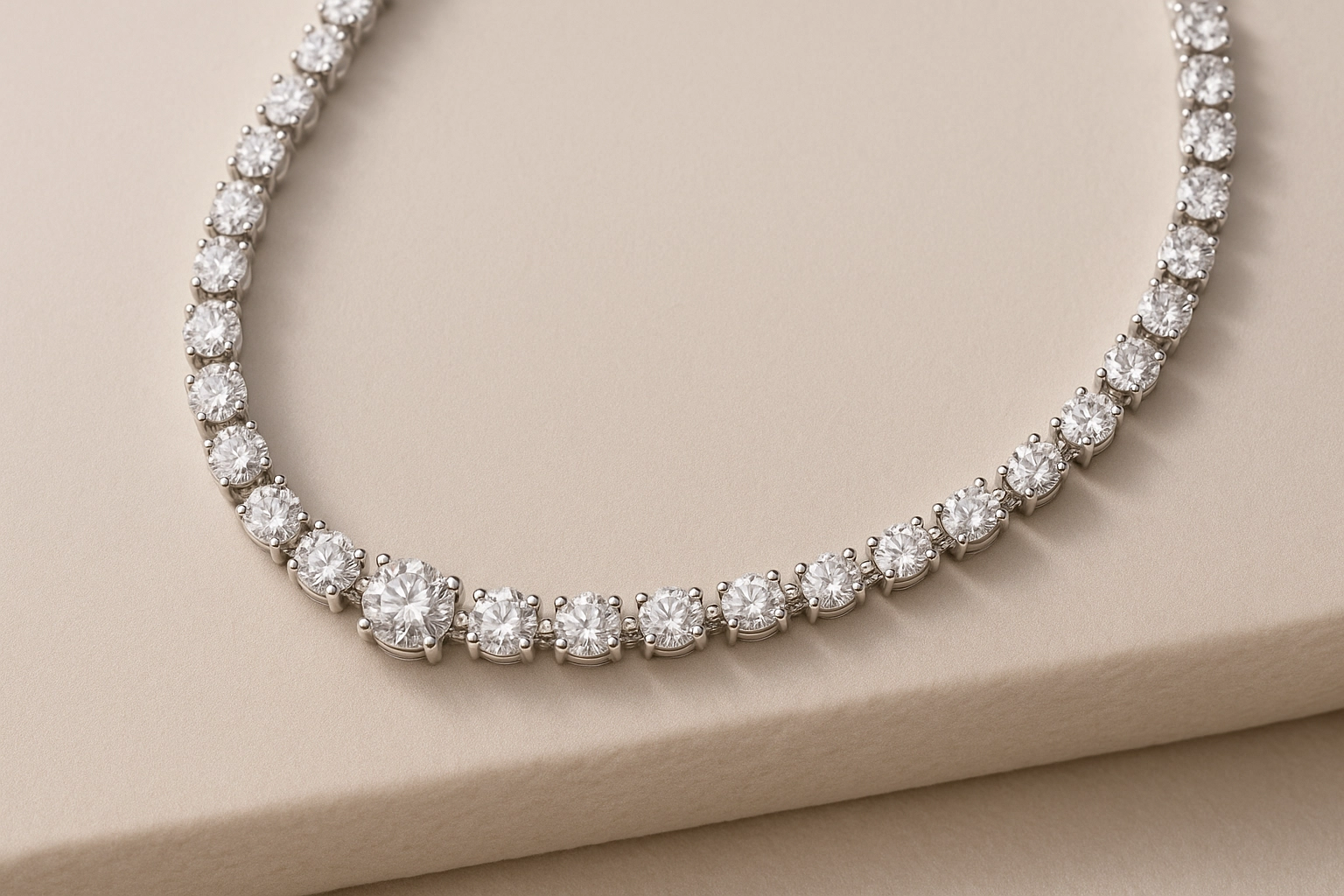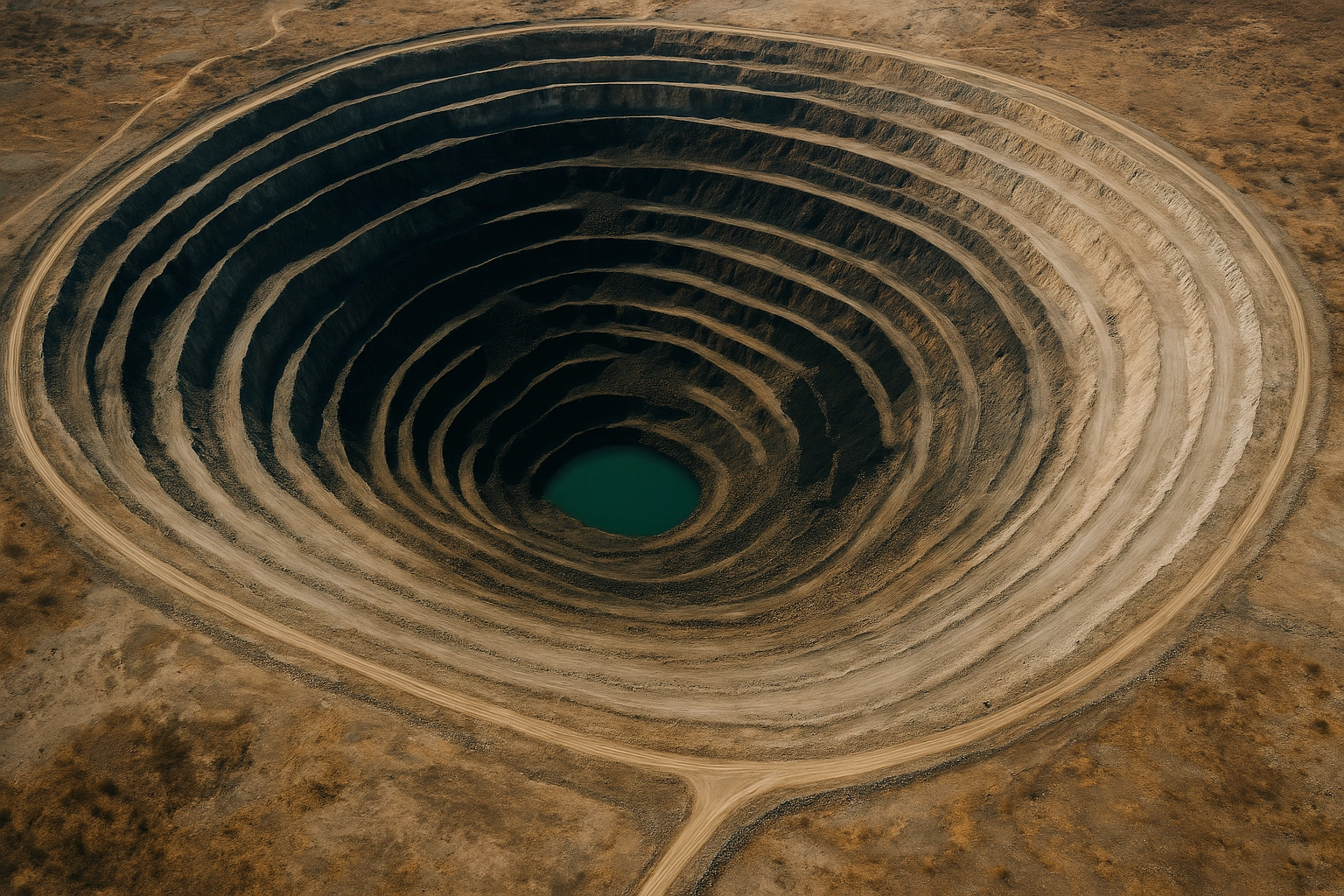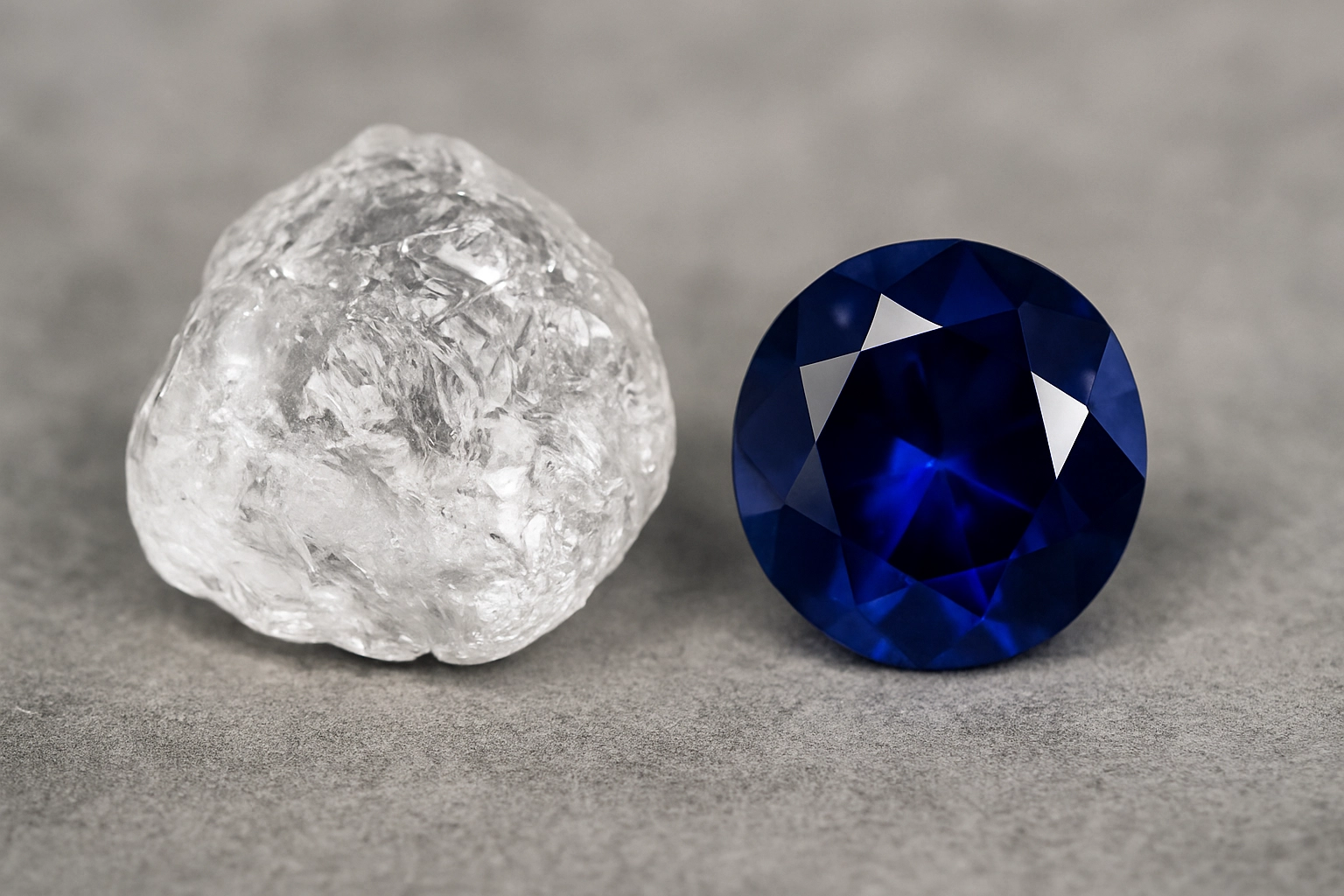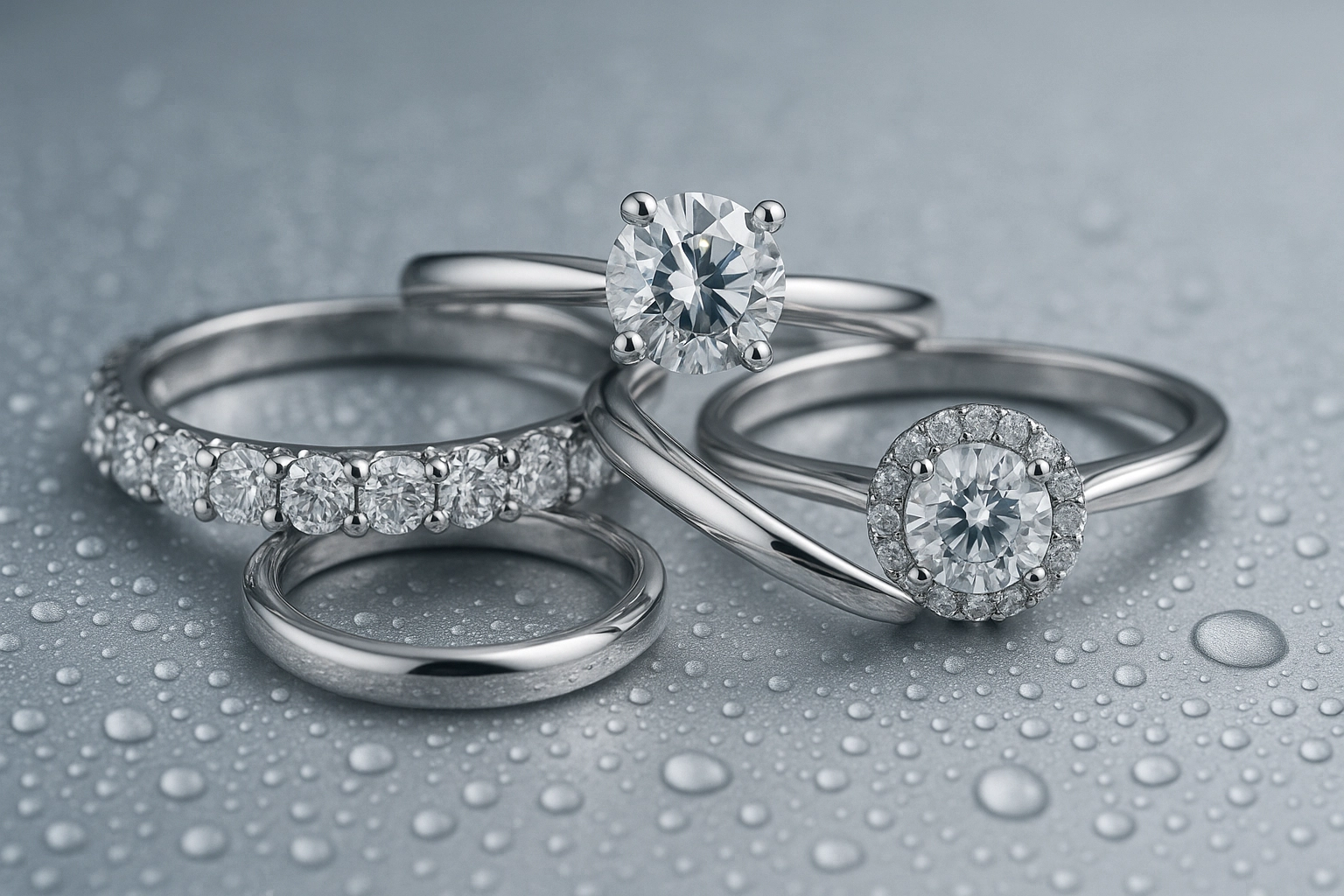Why are diamonds so expensive? Rarity Myths, Cost Breakdown, and Sourcing Tips for Wholesalers

Prices for finished pieces keep climbing, yet many buyers still wonder if the cost is hype or hard reality.
Diamonds are expensive because mining yields are low, cutting loss is high, and demand has been engineered through decades-long supply control and branding.
Are diamonds actually rare?
Big marketing campaigns say diamonds are scarce treasures, but geology tells a mixed story.
Gem-quality rough above one carat1 is genuinely limited, while industrial-grade stones are abundant; rarity depends on clarity, size, and market release strategy.

Dive deeper
Global output table
| Year | Total Carats Mined (M ct) | Gem Quality % | Stones >1 ct per 1000 |
|---|---|---|---|
| 2020 | 111 | 18 | 0.8 |
| 2021 | 120 | 19 | 0.9 |
| 2022 | 116 | 21 | 1.1 |
Pipeline bottlenecks
- Kimberlite pipes are rare, and only 1 % of discovered pipes show economic grade.
- Each tonne of ore yields about 0.20 ct of rough; recovery costs escalate in deeper shafts.
Policy insight
Some producers stockpile gem-quality rough to stabilize price, making supply appear rarer than geological data suggests.
How rare are diamonds compared with other gemstones?
Buyers often ask why sapphires cost less per carat despite bright color.
Gem-grade diamonds above D-VS2 quality are 15-20 × rarer by weight than top-grade sapphires, boosting scarcity value.

Dive deeper
| Gem | Annual Gem-Quality Output (troy oz) | Rarity Index* |
|---|---|---|
| Diamond D-VS2 | 16 000 | 1.0 (baseline) |
| Sapphire AAA | 250 000 | 0.07 |
| Emerald Vivid | 60 000 | 0.38 |
*Lower number = less rare than high-grade diamonds.
Cut yield matters too; an average brilliant cut loses 50–60 % of rough weight, doubling effective scarcity.
What makes diamonds valuable besides rarity?
Supply can exist, yet price stays high. Marketing and processing add layers of cost.
Value flows from 4 Cs grading2, cutting labor, legacy advertising, and tight retail mark-ups that average 100-120 %.

Dive deeper
Cost breakdown for a 1 ct G-VS2 round
| Stage | % of Final Retail Price |
|---|---|
| Rough purchase | 25 |
| Cutting & loss | 10 |
| Grading lab | 3 |
| Branding & marketing | 20 |
| Wholesaler margin | 12 |
| Retail margin | 30 |
Cutting a 1 ct stone takes 4–5 hours on average, and each mis-facet can drop value by thousands.
Brand perception magnifies worth: 80 % of bridal ads still feature diamonds, anchoring consumer expectations.
How do lab-grown stones change the equation?
Synthetic production reaches 10 M ct a year now, challenging natural supply.
Lab diamonds replicate atomic structure, yet natural stones retain premium status due to origin stories and finite formation time.
Dive deeper
| Parameter | Natural | Lab-grown |
|---|---|---|
| Growth time | 1 B years | 10 days |
| Retail discount vs natural | — | 30–50 % |
| Resale liquidity | High | Emerging |
I advise clients to stock both lines: lab diamonds for entry price points, natural for heritage collections.
Conclusion
Diamonds cost more because mine yields for high-grade rough are small, processing waste is high, and decades of controlled release reinforce scarcity. Marketing then magnifies perceived value.
